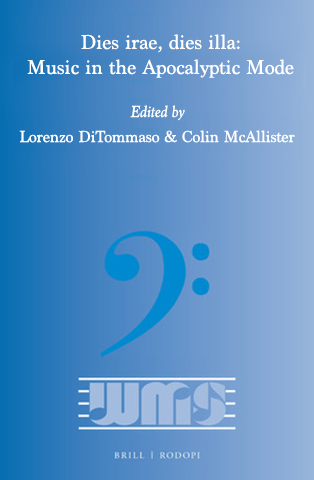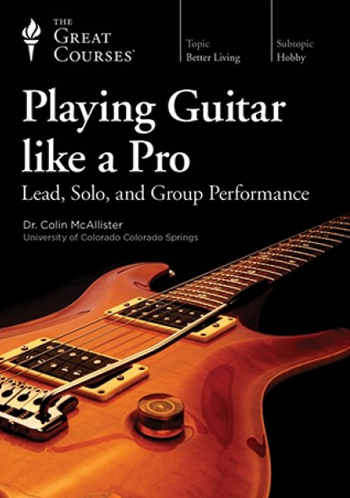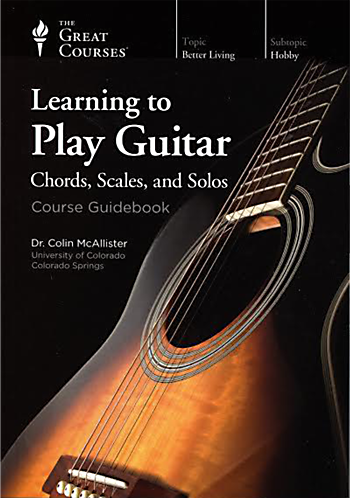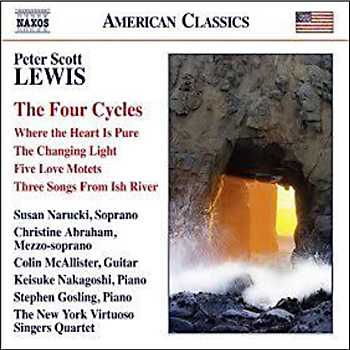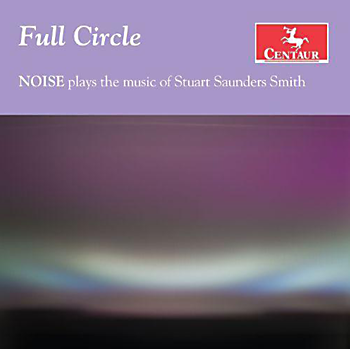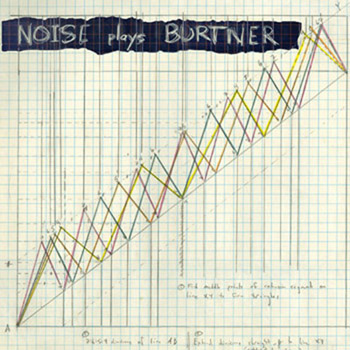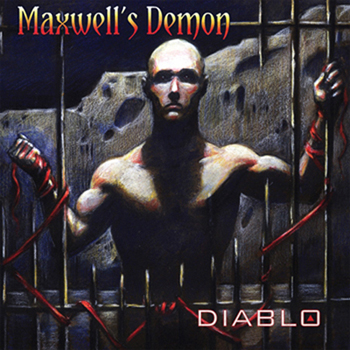
The Medieval Apocalyptic Tradition: From the Twilight of the Roman Empire to the Dawn of Early Modern Europe
Edited by Lorenzo DiTommaso and Colin McAllister
Cambridge University Press, forthcoming 2022
The correspondence among the apocalyptic texts of eastern Christianity, western Christianity, Judaism, and Islam during the “mediaeval millennium” (late fourth/fifth to fifteenth centuries) is so great in terms of its geographic extent and historical persistence that we can identify a “common mediaeval apocalyptic tradition” that transcended region, language, culture, religion, and social class.
The ubiquity of this common apocalyptic tradition was such that it may be regarded as an essential part of what defines the “mediaeval millennium” and the many societies that constituted it. We may detect two phases in its history: i) its genesis, spread, and zenith from the end of late antiquity to the twelfth century; and ii) its subsequent evolution, fragmentation, and dissolution, to the Reformation.
The model of the common mediaeval apocalyptic tradition explains the basic homogeneity of the texts, their literary features, and the high degree of correspondence in mediaeval apocalyptic speculation as it is represented across the totality of the evidence. It also suggests convincing explanations for the appearance of the tradition first in Christianity, and later in Judaism, Islam, and Zoroastrianism, as well its gradual dissolution in the late Middle Ages and into the Renaissance. The reasons for this dissolution are fundamental to understanding the seismic changes in the West that, among other things, resulted in the formation of the nation-states of Europe.
These two explanatory functions inform the purposes of this volume. Contributions will features studies that describe the contours of the common medieval apocalyptic tradition with attention to the “big questions” and special reference to case studies where apocalyptic texts, traditions, and themes crossed boundaries.
In its scope, functions, and purposes, the volume fits well with recent or emergent trends in scholarship, including:
•the rediscovery of the Middle Ages as a distinctive period and cultural entity (while recognizing its antecedents and diversity), and with it,
•the centrality of apocalyptic speculation throughout the mediaeval millennium;
•the shift in the focus of the investigation, from one that prioritizes issues regarding the origins of texts and ideas to one that seeks to explain their transmission, reception, and local adaptation;
•the recognition of the complicated networks of cross-cultural transmission of information throughout the mediaeval millennium, around the Mediterranean basin, along the Atlantic coastline, and across the Silk Road, which must be filtered in light of
•a reassessment of the processes of cultural diffusion, from a “high-culture” model to one that admits multiple avenues of transmission (social class, different media, and varieties of literary types and audiences);
•a renewed interest in the phenomenon of group identity – its nature, formation, and social functions – which, in part, reflects current, real-world trends towards ethnic-based nationalism that have led to;
•a similarly renewed interest in the origins of European nation-states and the emergence of “national identity” during the late Middle Ages.
The primary goal of this volume is to present a new model of mediaeval apocalypticism, considered in its panoramic sense. Much of the evidence that supports this model is not new. What is new is the interpretation, which allows us to see more clearly what the evidence suggests, comprehending mediaeval apocalypticism in its totality and in light of current scholarly currents and research attitudes. What is also new is the presentation of the model and its evidence in a comprehensive volume like this.
For this reason, and also on account of the breadth of its articles and the quality of its contributing authors, we anticipate that our volume will become a benchmark study and the starting-point for all future research on the subject of apocalyptic speculation in the mediaeval millennium.

